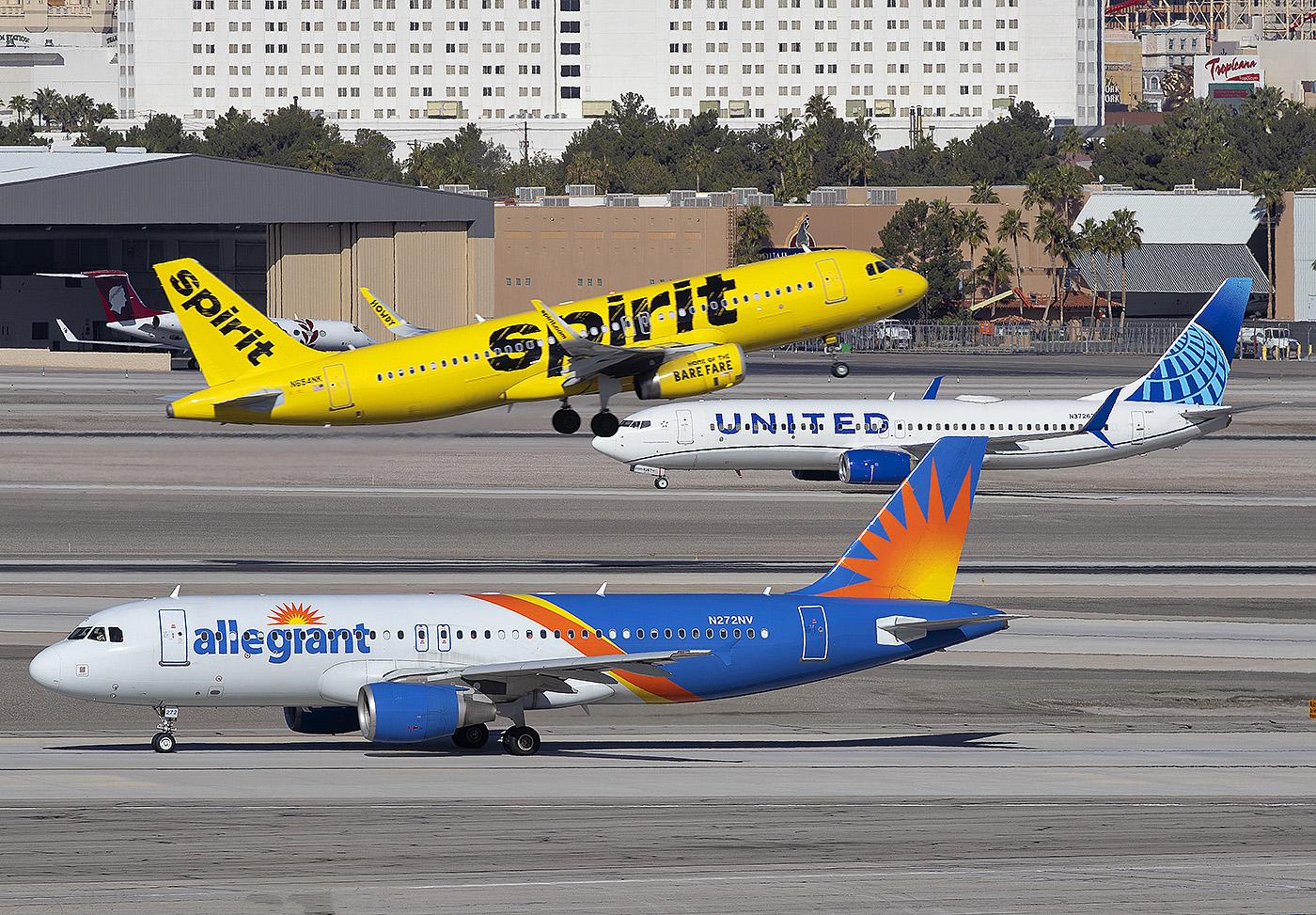
The recovery of the air transport and travel industry is either well underway—even surging—or a long way off, depending on where and when you look.
In the most simplistic terms, recoveries are doing best where there is a large domestic market coupled with few travel restrictions. Hence, China, Brazil, Russia and the US are leading the domestic recovery pace. Domestic China RPKs were up 6.3% in May versus May 2019 and Russian RPKs up 22.6%, according to IATA data. Demand for summer air travel in the US outpaced some airlines’ ability to get crews back in place. Conversely, Australia and Canada have large home markets, but continue to see travel lockdowns and are experiencing slower recoveries. Coronavirus variants are also delaying the recovery in some regions. India and Japan, for example, have seen domestic RPKs slump this year since the Delta virus variant took hold.
The story of international travel recovery is more uniform globally, but not in a positive way. While worldwide domestic RPKs were down 23.9% in May versus May 2019, global international RPKs were down by a bruising 85.1%. Asia-Pacific airlines, which many had anticipated being among the first to recover, saw their May international traffic fall 94.3% compared to May 2019, fractionally worse than the 94.2% drop registered in April 2021 versus April 2019.
Well into the northern hemisphere summer, the international picture has remained bleak, linked strongly to government restrictions, quarantine mandates, and complicated and expensive testing requirements. European carrier international decline was still at 84.7% in May versus pre-crisis levels; Middle Eastern airlines were at an 81.3% drop; Latin American carriers were down 75.1% fall; North American carriers down by 74.4%; and African airlines’ traffic fell 71.4%.
But none of the traffic improvements, weak or strong, would have been as good were it not for the unexpected rapid rollout of what appear to be highly effective vaccines. Growing vaccination uptakes have led even the most hesitant of governments to begin lifting borders, providing better prospects for international travel demand pickup in the 2021 third and fourth quarters. The US-Canadian market, brought almost to a standstill for more than a year, could see a dramatic return in August, when the Canadian government says it will reopen to fully vaccinated Americans and Canadian residents in the US, who will not be required to quarantine. In normal times, 22 million Canadians visit the US every year. In September, Canada will fully open its borders to all vaccinated travelers.
Where air travel is returning this year, it is highly slanted to leisure and personal purposes. In the US alone, spending on travel for large, in-person meetings and events declined by 76% in 2020—a $97 billion loss in spending according to the US Travel Association—and corporate travel has a long recovery road ahead. Even into mid-2021, only 35% of US corporations were engaged in any business-related travel, the association said. But trade exhibitions and events have started to return in China and the US. Virtual meeting programs may continue to replace company internal face-to-face meetings for some time, but they do not work as well for events or for creating or building on business relationships. The question is whether business travel, when it turns the corner, recovers as quickly as some domestic leisure markets or whether it will be a long, slow rebuild as companies regain confidence.
Hubs
On the airport front, the pandemic has accelerated a trend that was being established before the crisis: China’s hubs are growing and becoming more numerous. While they did not escape the passenger declines that were universal in 2020, seven of the world’s 10 largest airports by passenger numbers are in mainland China, with Guangzhou Baiyun, which handled 43.8 million passengers last year, taking the top ranking. All three non-Chinese airports in the top 10 are in the US: Atlanta Hartsfield, Dallas Fort Worth and Denver. The loss of international traffic was especially devastating on Europe’s major hubs. Amsterdam Schiphol, Frankfurt, London Heathrow and Paris Charles de Gaulle all saw passenger numbers decline by more than 70%. New York JFK—a transatlantic gateway—was also down 73.4%, while Dubai was down 70%. These mega hubs could see a resurgence as borders reopen, but 2022 is looking more promising than 2021 and a steady recovery will depend on more consistent government travel policies that follow data and science.
Financially, airlines will likely have a better—or at least less awful—2021 than 2020. IATA expects net airline industry losses of $47.7 billion this year, representing a net profit margin of
-10.4%, compared with a net industry loss of $126.4 billion last year, and that an estimated 2.4 billion people will travel by air. Nevertheless, airlines are forecast to burn through another $81 billion of cash this year and industry debt has massively increased to over $650 billion. Hopes for the industry as a collective to be cash positive in the fourth quarter have shifted to early 2022.
“Owing to government relief measures, cost-cutting, and success in accessing capital markets, some airlines appear able to ride out the storm. Others are less well-cushioned and may need to raise more cash from banks or capital markets,” IATA director general and CEO Willie Walsh said.
For more than 30 airlines, there will be no riding it out; they ceased operations. But the list was shorter than might have been expected—in large part because of government support—and the casualties mostly confined to subsidiaries of majors, such as Qatar Airways’ Air Italy or IAG’s Level—or small niche carriers. UK carrier Flybe was probably the most recognizable name. Other larger-brand carriers were forced into restructuring—most notably Avianca, Aeromexico, LATAM and Virgin Atlantic, which all continue operating and are expected to emerge strengthened by the administration processes.
For just about every airline survival, not profit, was the goal. All the more remarkable, then, that Korean Air posted an operating profit of $700 million and a net profit of $100 million. Among others in a highly exclusive club that posted a 2020 small operating profit were China Airlines, Spring Airlines and Turkish Airlines.
Fleets
Fleetwise, the landscape has changed from a 2020 scenario where aircraft, new or old, single- or twin-aisle, were parked or stored en masse to a 2021 landscape where the short-term preference for new, efficient narrowbodies is being seen not just in which aircraft are being returned to service but also in which they are attracting new orders (at a favorable price).
Bernstein Research projects that Airbus will reach 2019 narrowbody delivery volumes by 2024 and exceed them by 2025. Boeing projections are based on 2018 comparisons because of the effect of the 737 MAX grounding in 2019, but they see those narrowbody output volumes being exceeded by 2022.
Both the Airbus A321neo and the Boeing MAX were significantly boosted in June when United Airlines announced an order for 70 of the first and 200 of the second. But United was not alone in snatching a deal for what it clearly anticipates as growth times ahead; other airlines, including Alaska Air Group and Southwest Airlines, have confirmed or increased options or, as in Alaska’s case with the Embraer 175, sealed new orders.
It’s a different story with widebodies. Airbus delivered 173 aircraft in 2019 and will be only at 116 in 2025, according to Bernstein Research’s forecast. Boeing was at 254 two years ago and will be at 178 in 2025. And there is a strong preference toward the A350 and 787 versus the A330neo or 777X, Bernstein believes.
Across the globe, aircraft in storage have decreased from peak for both narrowbodies and widebodies, Morgan Stanley Research notes, with fewer than 4,000 narrowbodies in storage in April—a 64% reduction on April 2020. Some 1,700 widebodies remained in storage in April, but that was still a 53% reduction year-on-year.
“Recovery is largely driven by the countries’ improved COVID-19 cases and vaccinations as well as large domestic markets. … In order to see full recovery, we need to see global border restrictions ease on international travel,” Morgan Stanley says.
Whichever way you look at the global air transport industry—passenger demand, financials, business versus leisure, aircraft orders and fleets—the speed and extent of the recovery hinges on one key parameter: open borders and the lifting of international travel restrictions.





